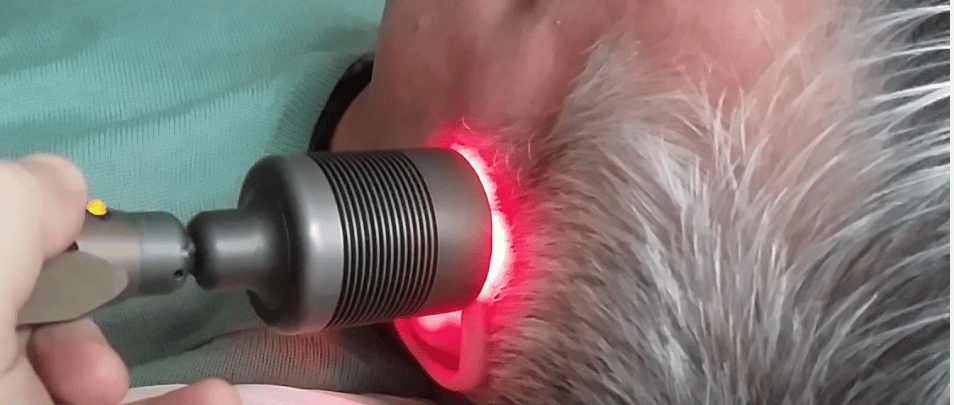Photobiomodulation
A Non-Invasive Approach to Brain Optimization
Dr Yvonne
5/10/20251 min read


Photobiomodulation (PBM)—the use of low-level red and near-infrared light—has gained attention for its non-invasive ability to enhance brain function. Originally developed for wound healing, PBM is now being applied to neurodevelopmental and cognitive disorders, including ADHD and autism spectrum disorder (ASD).
How It Works
PBM targets mitochondria, specifically the enzyme cytochrome c oxidase, to:
Increase ATP (cellular energy)
Boost blood flow and oxygenation
Reduce neuroinflammation
Modulate brain connectivity and neuroplasticity
These effects help support executive function, attention, emotional regulation, and overall cognitive performance.
PBM in ADHD
Children with ADHD often show reduced activity in prefrontal brain regions. A 2021 RCT by Zomorrodi et al. showed that transcranial PBM (tPBM) significantly improved attention, impulse control, and reaction time.
PBM may enhance dopaminergic pathways and support frontal lobe activation, offering a drug-free alternative or complement to traditional ADHD therapies.
PBM in Autism
Autistic individuals often experience inflammation, oxidative stress, and altered brain connectivity. A 2023 pilot study by Lim et al. found that tPBM improved:
Social engagement
Repetitive behaviors
Sleep regulation
Neuroimaging also showed increased default mode network connectivity, a key factor in social cognition.
PBM for Brain Health
Beyond clinical disorders, PBM supports:
Cognitive performance in healthy adults
Neuroplasticity in aging brains
Recovery from brain injury and stroke
According to Hamblin (2022, Nature Reviews Neurology), PBM is a promising intervention for maintaining and restoring brain health across the lifespan.
Conclusion
PBM is a scientifically grounded, light-based therapy with growing evidence in improving attention, cognition, behavior, and neuroplasticity. As research evolves, PBM may play a key role in brain-based care for both neurodivergent and neurotypical populations.
References
Zomorrodi, R. et al., 2021. Journal of Neural Transmission, 128(9), pp.1415–1426.
Lim, R. et al., 2023. Frontiers in Psychiatry, 14, p.1170503.
Barrett, D.W. & Gonzalez-Lima, F., 2013. Neuroscience, 230, pp.13–23.
Hamblin, M.R., 2022. Nature Reviews Neurology, 18(10), pp.591–604.
